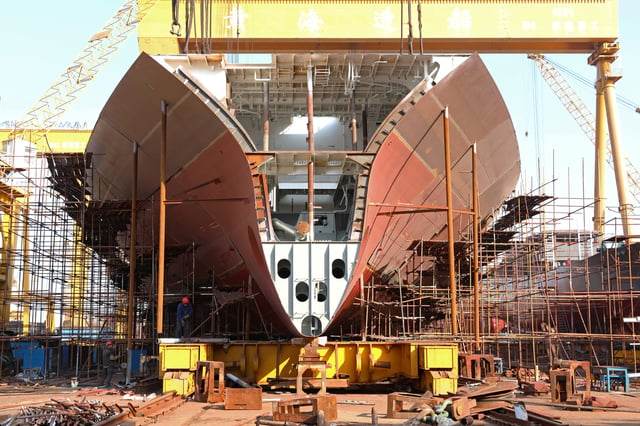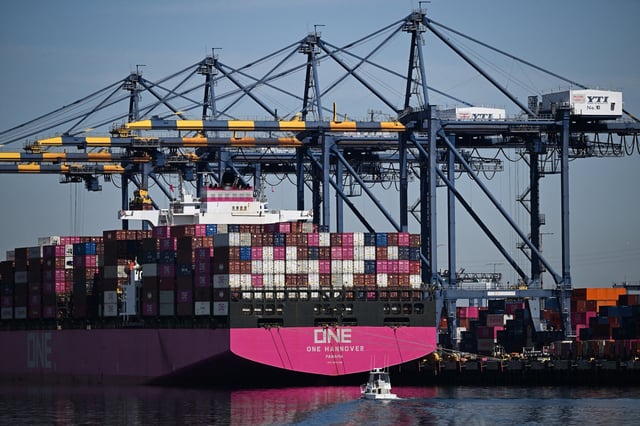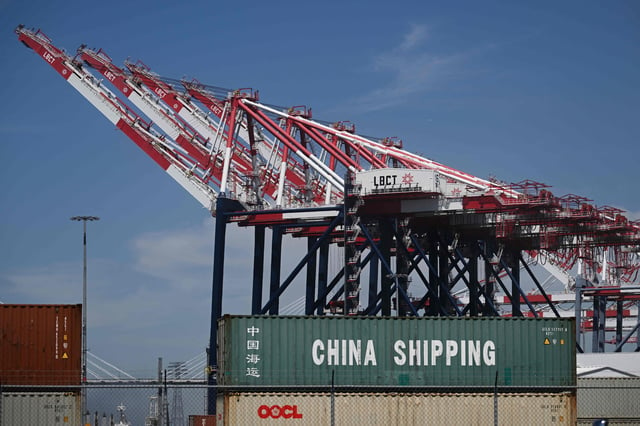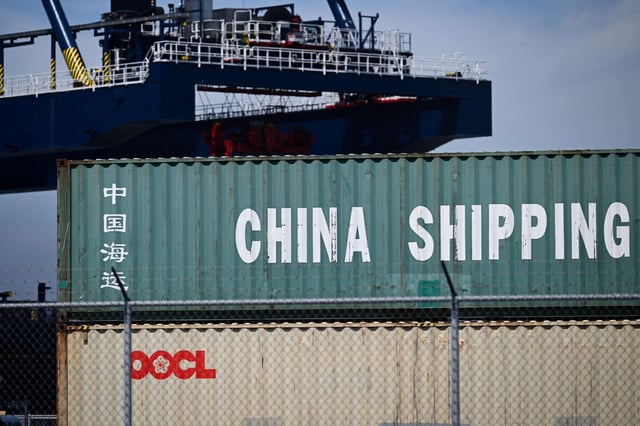Overview
- The U.S. Trade Representative finalized port fees on Chinese-owned, -operated, and -built ships, set to begin October 14, starting at $50 per net ton and increasing annually through 2028.
- China and Hong Kong have strongly condemned the measures as discriminatory and vowed countermeasures, warning of global supply chain disruptions and rising costs.
- The revised plan, delayed six months and capped at five charges per vessel annually, follows backlash from U.S. industries and global shipping firms over its economic implications.
- The U.S. also proposed tariffs of up to 100% on Chinese cranes and 20–100% on containers and chassis, with public comments on these measures invited until May 8.
- Critics argue the fees will increase inflation, harm American consumers, and fail to significantly revive the U.S. shipbuilding industry, which has shrunk to less than 1% of the global market.



